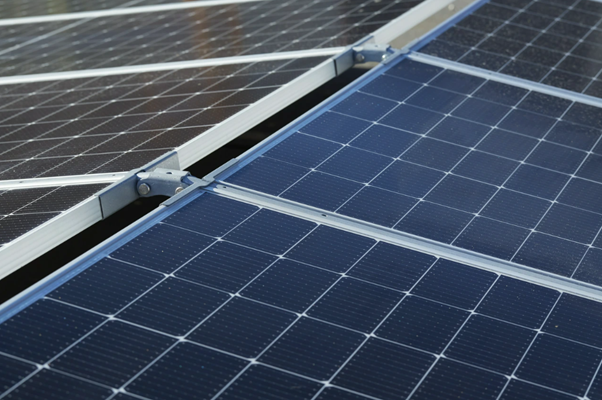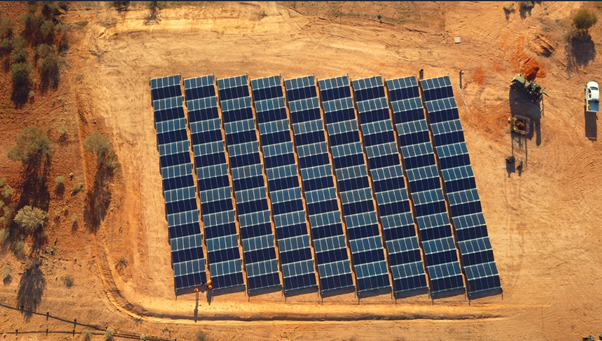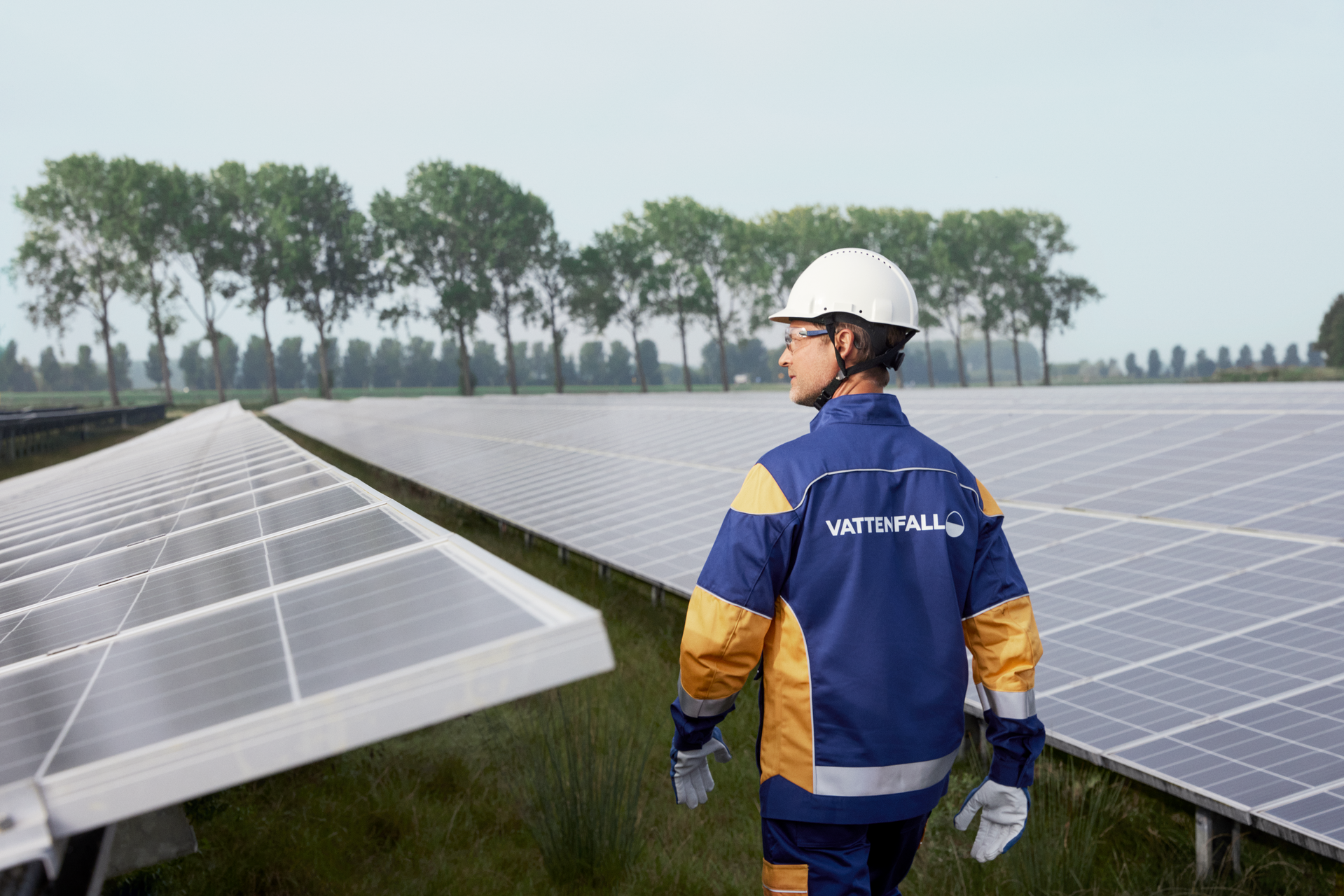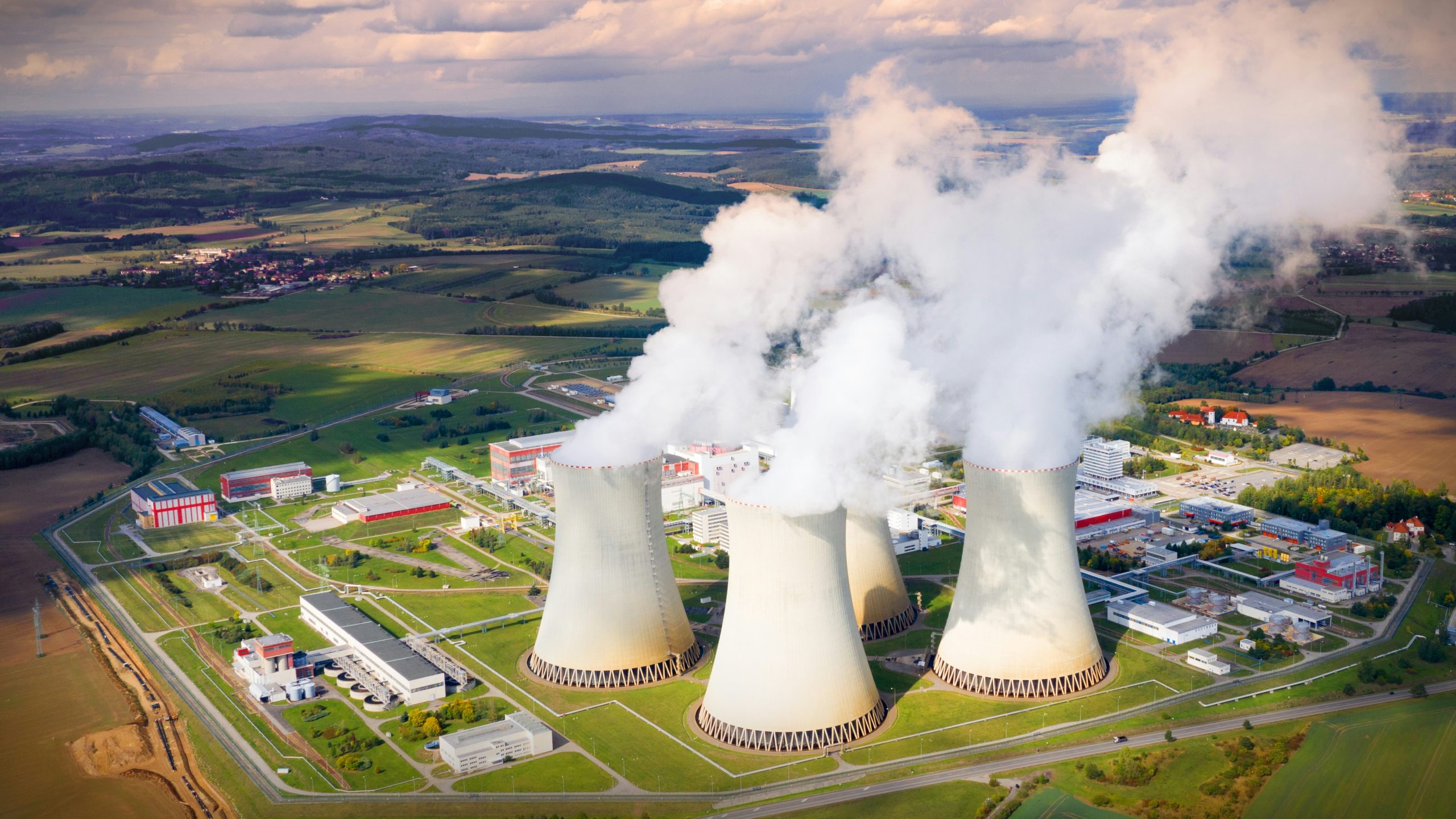The urgency to innovate within the solar energy sector has never been more critical. As global energy consumption soars, the shift towards renewable sources becomes imperative to meet these demands sustainably. Solar energy, a pivotal component of renewable resources, is undergoing transformative advancements to enhance its efficiency and integration into our daily lives. The development of cutting-edge technologies not only promises to revolutionise the way we harness the sun’s power but also aligns with global efforts to combat climate change and reduce carbon footprints.
Prefabricated Solar Arrays Streamlining Solar Deployment
The deployment of solar technology has traditionally been a time-consuming and labour-intensive process. However, companies like 5B are revolutionising this paradigm with their prefabricated solar arrays. The 5B Maverick, a flagship technology developed by the Australian company, exemplifies innovation in solar project deployment. Its accordion-style, prefabricated design allows for rapid installation by a small crew, drastically reducing setup times and labour costs.
This streamlined approach not only accelerates the deployment of solar projects but also enhances the scalability of solar energy solutions. By simplifying the installation process, 5B’s technology enables quicker expansion of solar capacity, which is crucial for meeting the increasing global demand for clean energy. The prefabrication technique also minimises the environmental impact of construction activities, aligning with the sustainability goals of the solar industry.
The economic implications of prefabricated solar technologies like the 5B Maverick are profound. Reduced installation times and labour costs lower the overall cost of solar energy projects, making solar power more competitive with conventional energy sources. This cost-effectiveness can accelerate the adoption of solar energy across various sectors, from residential to industrial, further promoting the transition to a renewable energy landscape.

Perovskite Solar Cells Revolutionising Efficiency
Developed by Oxford PV, perovskite solar cells these cells have shown potential to surpass the performance of traditional silicon-based cells significantly. Their ability to absorb light more effectively translates into higher energy outputs, making them a game-changer in the solar industry. The cost-effectiveness of perovskite cells further enhances their appeal, potentially lowering the barriers for widespread adoption and making solar energy more accessible to a broader audience.
The science behind perovskite cells is fascinating. These materials can be synthesised using simple techniques and at lower temperatures than silicon, reducing production costs and environmental impact. The versatility of perovskite cells allows for integration into various surfaces, including building facades and vehicle skins, expanding the potential applications of solar technology. As research continues, the stability and longevity of perovskite cells are improving, paving the way for their commercial viability and the possibility of replacing silicon cells in the future.
The implications of perovskite technology on the solar energy market are profound. With increased efficiency and reduced costs, solar energy could become more competitive with traditional energy sources, accelerating the transition to renewable energy. This shift not only supports environmental goals but also promotes energy independence and security, crucial factors for sustainable development.
Organic Photovoltaics Flexibility
Heliatek is leading the charge in the field of organic photovoltaics, a technology that stands out for its lightweight properties and flexibility. Unlike traditional solar panels, organic photovoltaic (OPV) films can be integrated seamlessly into building materials, opening up new avenues for architectural design and urban planning. These solar films can be applied to surfaces like windows and facades, turning entire buildings into energy-generating entities without compromising aesthetic values.
The environmental benefits of OPVs are significant. By integrating solar harvesting capabilities into the fabric of urban environments, we can significantly reduce the reliance on fossil fuels and decrease urban heat islands. Moreover, the production of OPVs involves less energy-intensive processes and uses materials that are less harmful to the environment, aligning with the principles of green manufacturing and sustainable development.
Heliatek’s innovations in OPV technology also highlight the potential for personalising energy solutions. Buildings equipped with OPV films can generate their own power, potentially becoming self-sufficient in energy terms. This decentralisation of energy production could lead to more resilient energy grids and empower communities, transforming how we think about and use energy in urban settings.
AI and Machine Learning
Artificial intelligence (AI) and machine learning are playing increasingly pivotal roles in optimising solar energy systems. These technologies enhance the efficiency of solar panels by analysing data to predict optimal angles for light absorption and adjusting panels accordingly. This dynamic approach maximises energy production throughout the day, adapting to changing weather conditions and sun positions.
AI also contributes to predictive maintenance of solar installations. By analysing performance data, AI can identify potential issues before they lead to system failures, scheduling maintenance activities to avoid disruptions in energy production. This proactive approach reduces downtime and extends the lifespan of solar assets, enhancing the reliability and efficiency of solar power systems.
Moreover, AI-driven systems help manage the energy output of solar installations, ensuring that the generated power meets the demand patterns of the grid. This smart management not only improves the integration of solar energy into existing power systems but also supports the stability of the grid, accommodating fluctuations in energy production and consumption. The use of AI in solar technology not only boosts performance but also contributes to the overall sustainability of energy systems.
Economic and Environmental Impact
The adoption of advanced solar technologies has significant economic benefits. As these technologies become more efficient and less costly, the return on investment for solar projects improves, attracting more stakeholders to invest in solar energy. This economic viability is crucial for the expansion of solar power, providing the financial incentives necessary to accelerate its adoption.
The environmental impacts of advanced solar technologies are equally important. By increasing the efficiency of solar panels, we can generate more power with fewer resources, reducing the environmental footprint of energy production. This efficiency minimises land use and habitat disruption, key considerations in preserving biodiversity and ecological balance.
Moreover, the shift to advanced solar technologies contributes to significant reductions in carbon emissions. As solar power replaces fossil fuels, the overall carbon output of the energy sector decreases, aligning with global efforts to combat climate change. This transition not only has environmental benefits but also promotes public health by reducing air pollution, creating a cleaner and healthier environment.
Global Solar Initiatives
Solar energy is not just a technological revolution; it’s a global movement. Countries around the world, both developed and developing, are embracing advanced solar technologies to meet their energy needs sustainably. These initiatives vary widely, from massive solar farms in deserts to integrated solar solutions in urban settings, demonstrating the versatility and adaptability of solar technology.
In developed countries, government policies and subsidies have played a crucial role in accelerating the adoption of solar energy. These initiatives often focus on reducing the initial costs of solar installations, making it more accessible to a broader range of consumers and businesses. In developing countries, solar energy is often seen as a solution to energy access issues, providing reliable and sustainable power to remote and underserved communities.
However, the global adoption of solar technologies faces several challenges. These include the need for infrastructure development, the availability of financing, and the training of skilled workers to install and maintain solar systems. Addressing these challenges is crucial for maximising the impact of global solar initiatives and ensuring that the benefits of solar energy are shared widely.
Challenges to Adoption
Despite the promising advancements in solar technology, several challenges hinder its widespread adoption. Regulatory barriers, for example, can delay the deployment of solar projects. Inconsistent policies and bureaucratic hurdles can discourage investors and complicate the planning and execution of solar installations.
Technical challenges also play a role. The integration of solar power into existing energy grids requires sophisticated management systems to handle the variability of solar energy production. Additionally, the recycling of solar panels remains a complex issue,and the extraction of valuable materials is difficult.
Addressing these challenges requires coordinated efforts between governments, industry players, and researchers. Streamlining regulatory processes and investing in research for better integration and recycling technologies are essential steps towards a more sustainable solar future.
The Future of Solar Energy
The future of solar energy is bright, with ongoing innovations promising to further transform the energy landscape. Experts like David Griffin, 5B’s CEO, express optimism, stating, “The opportunity ahead for 5B is vast. The strength of our pipeline continues to increase particularly as module prices fall. Module prices are well and truly at all-time historical lows. We’re seeing more instances where 5B Maverick is beating single access tracker on a levelised cost of energy basis where labour and land are constrained, and the cost of bring people, equipment, materials and infrastructure to site for projects is a challenge.”
Emerging trends in solar technology include the development of more efficient and less expensive materials, such as advanced perovskites and organic photovoltaics. These materials could revolutionise solar panels, making them more effective and versatile. Additionally, the integration of solar energy with other renewable sources and storage technologies could lead to more reliable and flexible energy systems.
As we look to the future, the role of policy and public support cannot be overstated. Encouraging the adoption of solar technology through incentives and supportive policies will be crucial for its success. As individuals and communities, supporting sustainable energy practices and advocating for policies that promote solar energy will be key to realising the potential of this incredible resource. Let’s embrace the power of the sun and work together towards a sustainable and prosperous future.






